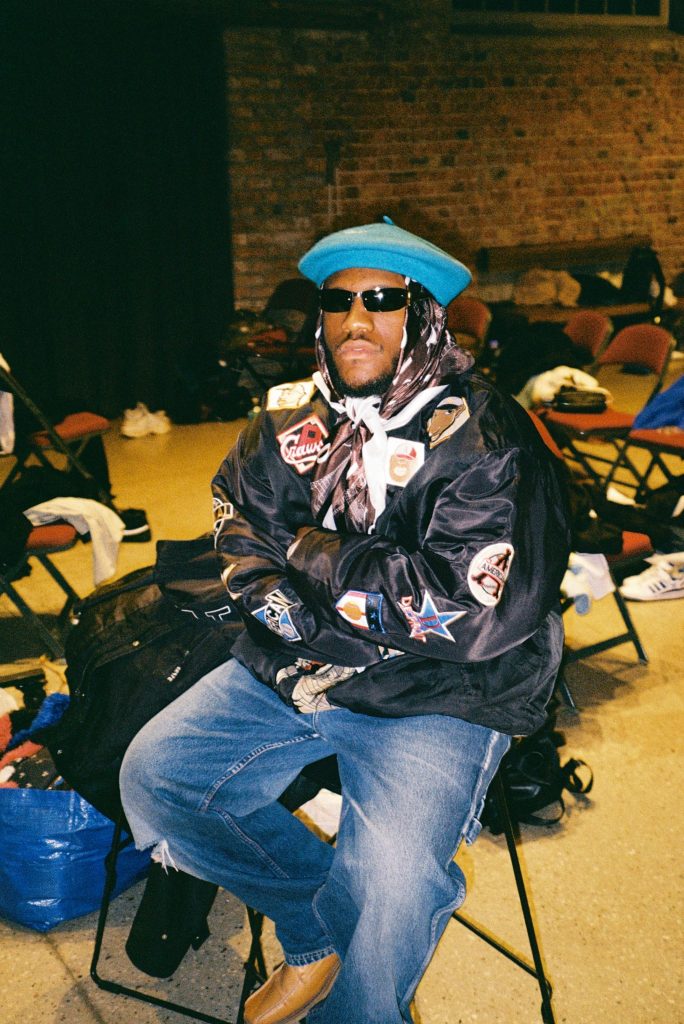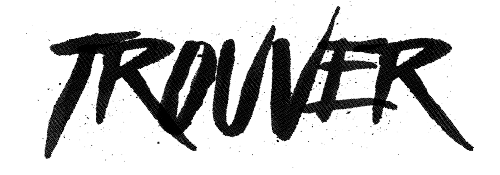
To this day we are in constant study to understand the behaviors that determine trends, their evolution and why these take place. When talking about fashion, social media, consumers or more, trends are not restricted to a single domain, this has triggered us to investigate and observe what series of elements play an important role in the shifts and flows of these movements, what we call here at Trouver “La sociologie de la mode” – is our fashion sociology and analysis methodology.
The main key social factors that influence and define trends include cultural shifts, generational influences, lifestyle changes, and technological advancements. These factors amongst others shape the way people think, interact, and express themselves, ultimately impacting trends in various ways. By understanding these influences it is crucial for us as trend forecasters to stay ahead of the curve by keeping open observation on the following consequential traits:

Cultural Shifts: Changes in societal norms have a significant impact on trends especially when regarding cultural movements, as we see evolution in increased diversity, sustainability awareness, or shifts in societal roles, these so called shifts, often shape the way people consume, create products, art, content and more. For example growing awareness of environmental issues and sustainability has driven trends towards eco-friendly and socially responsible products and practices, even if we agree that environmental and sustainability concerns should be a way of living and not just a trend, it is impressive to see how brands are more conscious about their choices due to the surge of this trend, that we much hope, is here to stay.
Generational Influences: Different generations have distinct preferences and behaviors, which influence trends. Baby boomers, millennials, gen Z, and upcoming generations each bring their unique perspectives and expectations, contributing to evolving trends, this includes lifestyle changes, digitalization, remote work, health and wellness, leisure and pleasure, and all these can drive shifts in audience behavior and preferences monumentally. Lifestyle trends often dictate what products and services are in demand most, for example how there is a current obsession for nostalgia items.

Technological Advancements and Economical Power : Technological innovations, such as social media, augmented reality, and artificial intelligence, have transformed the way people interact, communicate, and consume information to say the least. These advancements not only shape trends but also enable new trends to emerge, and evolve with hyper speed, thus impacting the economic factors related to this hyper speed gratification and swift production mentality. However not always does this mean it remains accessible to all income levels, considering economic power, inflation, and these high speed advancements, the predominant consequence trend is to invest in what is durable, shop secondhand, relish the vintage and be cautious of the impact fleeting trends can have.
Globalization: Increased global interconnectedness and exposure to diverse cultures contribute to the blending of international trends and ideas, fashion and pop culture are now global so trends often emerge from the world including the industry of fashion, entertainment, and global pop culture. Celebrities, influencers, and media play a significant role in shaping what’s considered fashionable or “cool” but also political and social events and movements can inspire trends that reflect the public’s sentiments and desires for change, inclusivity, or justice.
Consumer Behavior: Consumer preferences, shopping habits, and brand loyalty are the bottom line of defining trends such as we witness with logomania vs. quiet luxury. Understanding what consumers want and how they make purchasing decisions is essential for trend forecasting, businesses and marketers. Analyzing these key social factors and consumer behavior helps not only to predict and adapt to these evolving trends but also enable them to stay relevant and meet the changing demands of the audience. In the end the eternal key to analyzing these social factors that define trends, is to keep curious and observant to all of the elements above, the changes the consumer behaviors represent and the source from where they are inspired from.
Author Tanny Onsalo
As Creative director, fashion forecaster and style consultant, Tanny has worked for the magazine Vogue as Global Editorial Expert and led multiple global tentpole editorials. She directed the fashion forecasting of trends for Vestiaire Collective, spearheading the Fashion Journal, Newsroom and annual fashion data reports. Fluent in the language of ideas, the fundamentals of her narrative are creativity, storytelling and global cool hunting.
